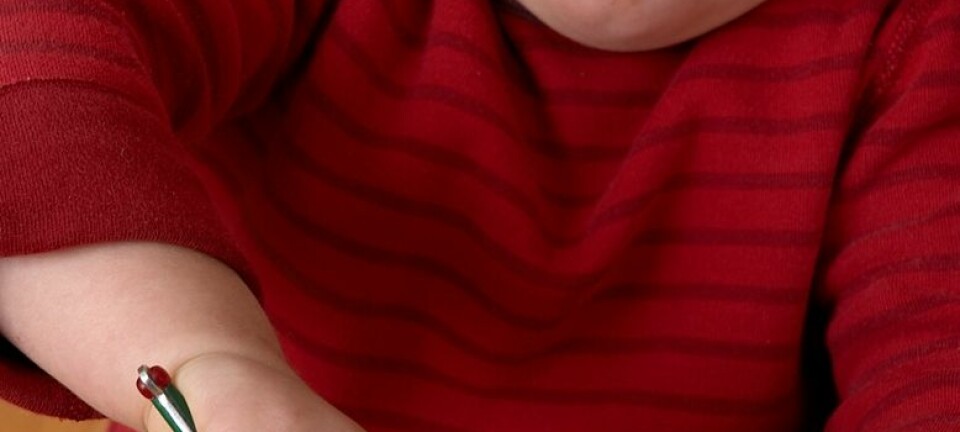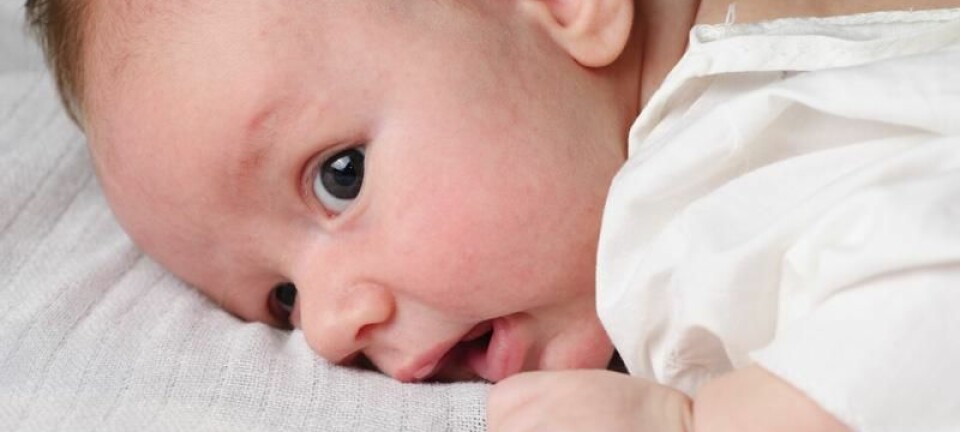An article from University of Oslo

The price of obesity surgery
Women who have undergone obesity surgery call for psychological follow-up. Unforeseen problems require better individual counselling.
Denne artikkelen er over ti år gammel og kan inneholde utdatert informasjon.
Karen Synne Groven at the Institute of Health and Society has conducted research on how life changes for women who have undergone obesity surgery.
“Their life situation changes completely,” she says.
“There are many improvements, but unforeseen problems occur, restricting these women’s lives in different ways from how it was before the surgery.”
Better one-to-one counselling
Most of the follow-up provided to the women after the intervention consisted of group-based exercise and dietary guidance. Groven calls for more individual follow-up.

“These women are so different, and the surgery has a different effect on each one of them. So it’s perhaps something of a paradox that most of the treatment provided after the intervention is group-based,” she claims.
“It appears as though the individual treatment serves as a supplement to the group treatment. Perhaps this ought to be done differently.”
At the same time, the women included in the study would have liked to receive follow-up by a psychologist.
“Help from a psychologist is not an automatic option for these women, they need to push for it,” says Groven .
She claims that psychological counselling ought to be part of the follow-up, since so many of those who have undergone surgery have faced problems with food in various ways. If you have an eating disorder, it will not necessarily disappear along with the extra pounds.
The price to pay
Obesity surgery is not a highway to happiness. The intervention has side effects which are not always so easy to predict. The problems appear only when the intervention is over, and individuals almost have to experience them in order to understand them, according to Groven.
The dream of a slender body and rapid weight loss trumps most warnings about poor vitamin absorption and iron deficiency. For those who have been on a perpetual weight-loss diet all their life and struggle with morbid obesity and the fear of dying, vitamin deficiency is a small price to pay for a slender appearance.
The side effects vary strongly from one person to another.
Some become ill when they eat, and ingesting food and drink causes them pain. Others have no such problems at all. Because of a poor absorption of iron and vitamins, some feel tired and fatigued and need to take medication. Their intestine simply fails to absorb sufficient amounts of nutrients.
“Some of the women developed serious complications, such as internal bleeding, ileus and scarring of the abdominal tissue. Some of them nearly died,” Groven recounts.
Most of them have trouble with excess skin. A person whose weight drops by nearly fifty kilos in a year will get rid of a lot of fat, but the skin does not disappear. The skin, which has been pulled and stretched for years, is left behind – loose and abundant.
“Loose skin has a major impact on the women’s well-being,” Groven says.
“They suddenly realize that surgical removal of all that skin is not an easy matter. Many also learned that the waiting lists were long, and the criteria are strict for being granted plastic surgery.”
Varying follow-up
In cooperation with her supervisors, Professors Gunn Engelsrud and Målfrid Råheim, Groven has followed 22 women aged 24‒54 who had undergone gastric bypass surgery, a surgical intervention that narrows the stomach by two-thirds. In addition, a part of the small intestine is rerouted. The purpose is to achieve an effective and permanent weight loss.
One half of the women interviewed by Groven in her study followed a rehabilitation programme after their surgery, whereas the other half did not.
Groven found that the follow-up provided to the women had a major effect on their life situation afterwards. After the surgery, the women needed to change their lifestyle as well as come to terms with the side effects of the intervention.
“The type of follow-up provided to them varied immensely. The different hospitals had varying options for the women. Some had no follow-up at all,” she recounts.
Who undergoes surgery?
Women account for nearly eighty per cent of those who undergo such surgery. Moreover, they make up a highly varied group.
However, what the women in Groven’s study have in common is their unsuccessful attempts to lose weight and their fear of serious illness as a result of their overweight. Therefore, they wanted to forestall these diseases.
“They were afraid of dying and leaving their children behind, or developing serious illnesses. They felt stigmatized and excluded, they wanted to be seen as who they were, not just as fat,” Groven says.
Groven investigated the women’s food and exercise habits before and after the intervention.
“Many of them had had a complicated relationship to food. Several of them had been using food as consolation or overeating for years before the surgery,” Groven explains.
The women related to exercise in a variety of ways. Some had never exercised, or only rarely, but had engaged in other forms of physical activity. Others had exercised actively until a certain point, but had become pregnant or developed bodily ailments that stopped them from exercising. Moreover, because of their overweight they were short of breath.
“The majority had tried out various forms of exercise, but they differed strongly in their attitudes to it,” Groven says.
The future
Not much research has been undertaken to study who undergoes surgery or how their lives change in the long term after the intervention.
The question is: what will happen if they start gaining weight again? How will the women handle it?
“There is a lot of shame associated with weight gain after obesity surgery. It would be interesting to be able to speak with these women again in five to seven years’ time,” Groven concludes.
-----------------------
Read the Norwegian version of this article at forskning.no




































